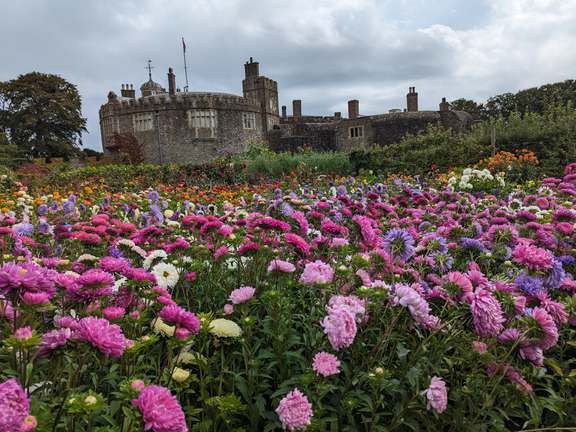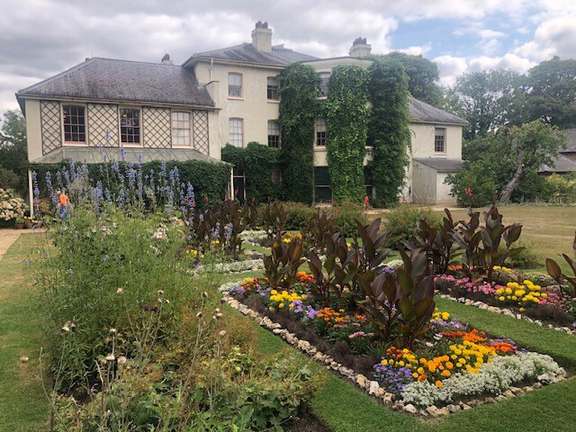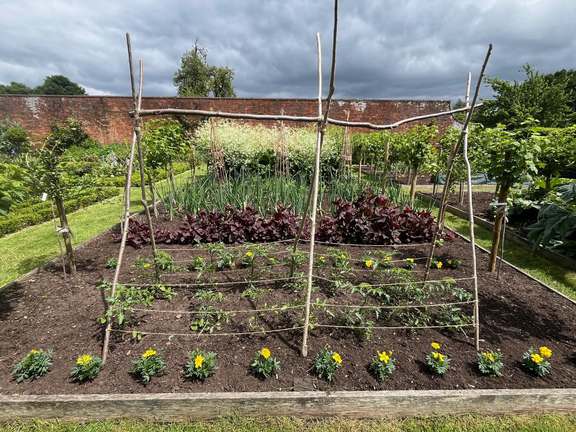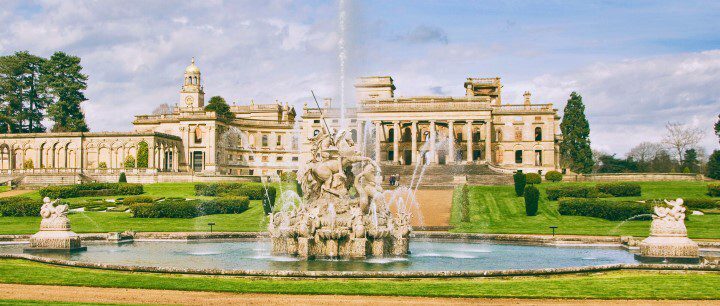
Walmer Castle and Gardens
Walmer Castle is a 1539 Tudor fortress around which gardens were created from 1700 onwards and is now the official residence to the Lord Warden of the Cinque Ports.

If you're interested in becoming a Growing Partner, please fill out our registration form
Join Us
Walmer Castle is a 1539 Tudor fortress around which gardens were created from 1700 onwards and is now the official residence to the Lord Warden of the Cinque Ports.

Osborne is the former home of Queen Victoria and Prince Albert. Following a restoration by English Heritage the garden and landscape are presented as close to the period before Queen Victoria death in 1901 as possible.

Marble Hill is a 66-acre park which has achieved Green Flag and Green Heritage Site status in 2024 and 2025 – a first for English Heritage.

In the first half of the 18th century the landscape at Kenwood was one of formal gardens. In 1793 it had been remodelled by Humphry Repton, who designed a planned circuit walk that provided a series of evocative views, contrasts and “surprises” for which he was well known.

A rare and fine example of an Arts and Crafts garden nestled in nineteen acres of beautiful historical grounds with an intriguing mix of medieval features woven into the landscape.

With its unique place in scientific history, Down House Garden was Charles Darwin’s ‘Living Landscape Laboratory’, where he tested his ideas of Evolution by means of Natural Selection.

Brodsworth Hall's gardens, spanning fifteen acres, are a beautifully restored Victorian landscape.

Boscobel House and Gardens is the setting of The Royal Oak where Charles II hid in 1651 after his defeat in The Battle of Worcester.

With the large number of staff and people visiting County Hall on a daily basis the Home Composting Demonstration Area is ideally placed to provide information on composting and to show how easy and rewarding it is to start composting at home.

Once one of England’s grandest early Victorian country houses and estates, the romantic ruin of Witley Court is surrounded by one of the few remaining gardens designed by William Nesfield – his self-proclaimed Italianate ‘Monster Work’ response to the earlier landscapes of Lancelot ‘Capability’ Brown.